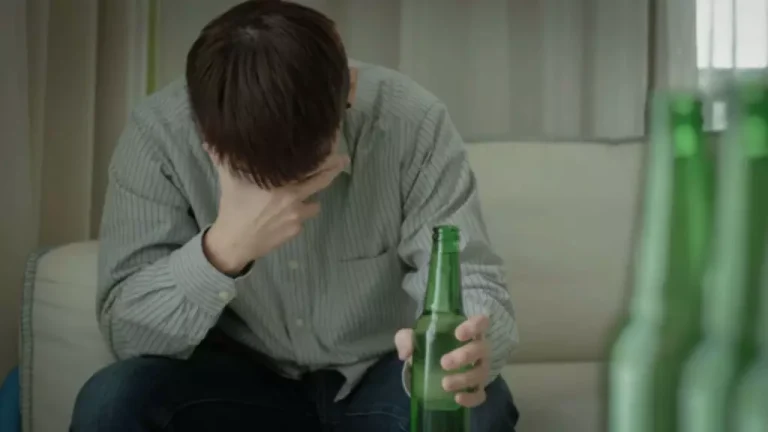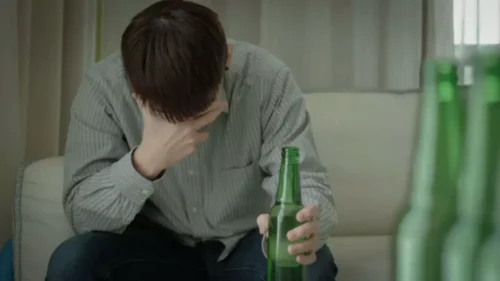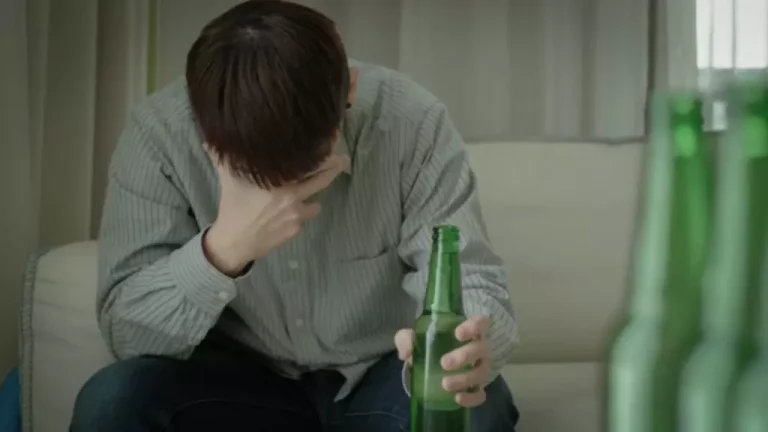
While there are promising candidates, no pharmacotherapy for the treatment of AMPH/MA dependence/use disorder has provided convincing results. Studies are often limited by small sample sizes in defined populations, and with low treatment retention or completion rates. Different treatment options may be indicated for various degrees of severity of disorder. Optimal psychosocial interventions accompanying medication must also be considered.
What Does Adderall Addiction and Abuse Look Like?
- Approximately 29 million people worldwide aged 15–65 years were estimated to have consumed amphetamines in the past year to 2017 1.
- The most common secondary outcome measure reported was craving (25 times), predominantly reported using the visual analogue scale (VAS) (16 times, 64% of the cravings measures).
- Yes, amphetamines have a high potential for abuse and addiction despite medical uses.
- All reviewers had at least four years of experience in the subject of the study.
- Original RCTs were included if the control groups had no treatment or received treatment as usual.
One such method, contingency management, gives patients tangible rewards for positive behaviors, aiding their efforts to stop using stimulants. Cognitive behavioral therapy, which helps to identify and modify damaging thinking and behavior, can also help people overcome their addiction. Doctors use the American Psychiatric Association’s most recent criteria for substance use disorders to identify stimulant addiction. For someone to be considered addicted to stimulants, he or she must meet at least two of 11 criteria. These include an inability to reduce consumption, cravings to use a stimulant, continuing to use a stimulant despite it causing relationship problems, and needing to use increased amounts of a stimulant to achieve the desired effect.

Treatment options for amphetamine addiction include detoxification and rehab.
People may also use the drugs in an unprescribed manner, such as to stay awake for a study deadline or to suppress appetite. Though prescribed amphetamines are legal, taking the drugs without a prescription is illegal in the U.S. Amphetamines are a type of drug that stimulate the nervous system. Doctors prescribe amphetamines for conditions such as ADHD, obesity, narcolepsy, and depression. Misusing amphetamines, or taking them in a different way than a doctor prescribes, can lead to amphetamine addiction.
What Is Amphetamine Addiction, Tolerance, and Dependence?
- Outpatient treatment for amphetamine addiction can be a beneficial option for people who are unable to commit to an inpatient stay or who have less severe addictions.
- Seventy-nine percent of the reviewed studies excluded participants with comorbid mental health diagnoses or concomitant medications prescribed for comorbid mental health diagnoses.
- At the same time, stimulants elevate a user’s blood pressure, heart rate and breathing.
- Most illicit, or “street,” amphetamines are actually methamphetamine, which is particularly potent and has long-lasting effects.
- However, animal studies don’t always predict the way humans would respond.
- A detox will successfully cleanse your body of all traces of the drug.The second course to take is therapy treatment.
Dependence on amphetamines (AMPH) or methamphetamine (MA) is a growing global concern. Yet, there is no established pharmacotherapy for AMPH/MA dependence. A comprehensive assessment of the research literature on pharmacotherapy for AMPH/MA dependence may inform treatment guidelines and future research directions. Amphetamines rank as a schedule II/IIN controlled substance (2/2N), which means that there is a high potential for the drug to cause physical dependence (addiction). Amphetamines are stimulant drugs that speed up how your body functions. Healthcare providers may prescribe amphetamines to people with ADHD or narcolepsy.

Furthermore, using BCBT is likely to increase the outcome of pharmacological treatments for amphetamines abuse in clinical practice. These issues need to be considered by clinicians and psychologists who work with amphetamine abusers. Papers needed to be published either in English or have a published abstract in English.
More common side effects

Furthermore, a significant challenge following successful detoxification and rehabilitation in individuals with substance use disorder (SUD) is the high rate of relapse, even after prolonged abstinence from illegal drugs. Research indicates that more than 50% of SUD patients experience relapse post-treatment and rehabilitation9–12. Relapse rates tend to be higher in Amphetamine Addiction low- and middle-income countries compared to high-income countries globally13.
- Likewise, significant comorbidity (e.g. psychoses) may impact the ability to remain in ambulatory care during periods of treatment for AMPH/MA withdrawal or treatment.
- Adderall and other stimulants are sometimes prescribed off-label for treating symptoms of depression in people with bipolar disorder.
- The sample size of our study was set at 405, based on a general rule of thumb mentioned by Tabachnick and Fidell, that “it is comforting to have at least 300 cases for factor analysis27.
- In people with narcolepsy, it helps with alertness and wakefulness.
If you want to know more about amphetamine addiction, or perhaps you are worried someone you love is addicted to stimulants, you can reach out to us today. One of our support team can go through the signs and symptoms of amphetamine addiction with you, and they’ll be able to answer any questions or concerns you have. The emergence of this guideline follows a concerning increase in overdose deaths involving stimulant drugs, including cocaine, methamphetamine, amphetamine, and prescription stimulants, over the past decade. Furthermore, StUD can lead to a plethora of long-term health problems, including cardiac, pulmonary, psychiatric, dental, nutritional, skin, and cognitive issues. There are a few pharmacotherapy candidates for the treatment of AMPH/MA dependence/use disorder that demonstrate some weak positive signals. The most consistent positive findings have been demonstrated with stimulant agonist treatment (dexamphetamine and methylphenidate), naltrexone and topiramate.

However, none of these are proven Halfway house to prevent amphetamine use in everyone. Your doctor may prescribe medication to ease severe symptoms of withdrawal. Some doctors may prescribe naltrexone to help with your cravings.